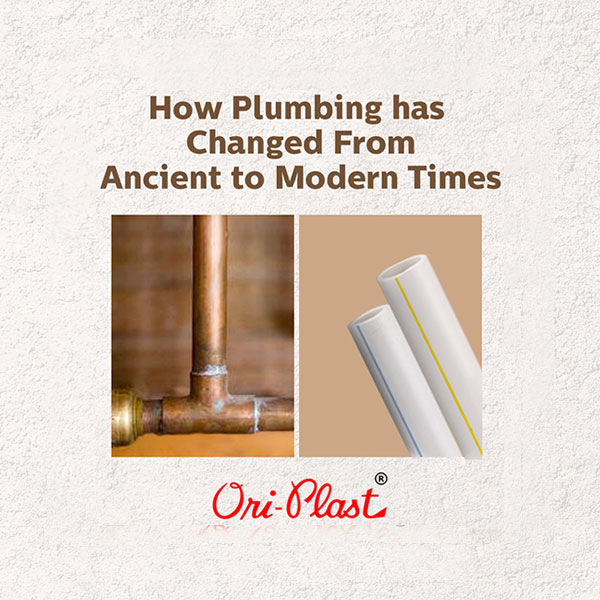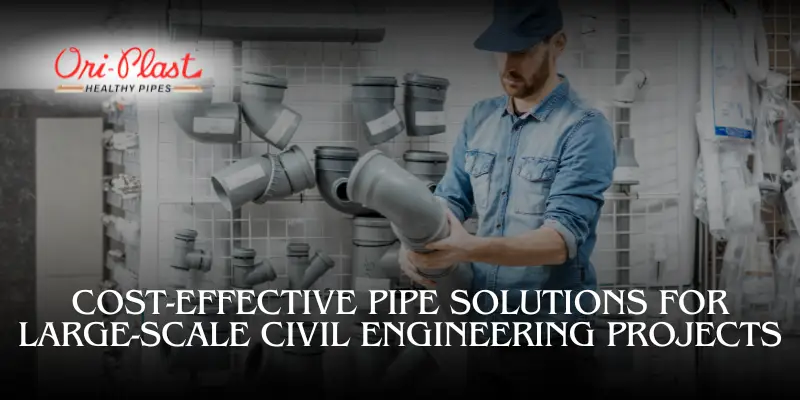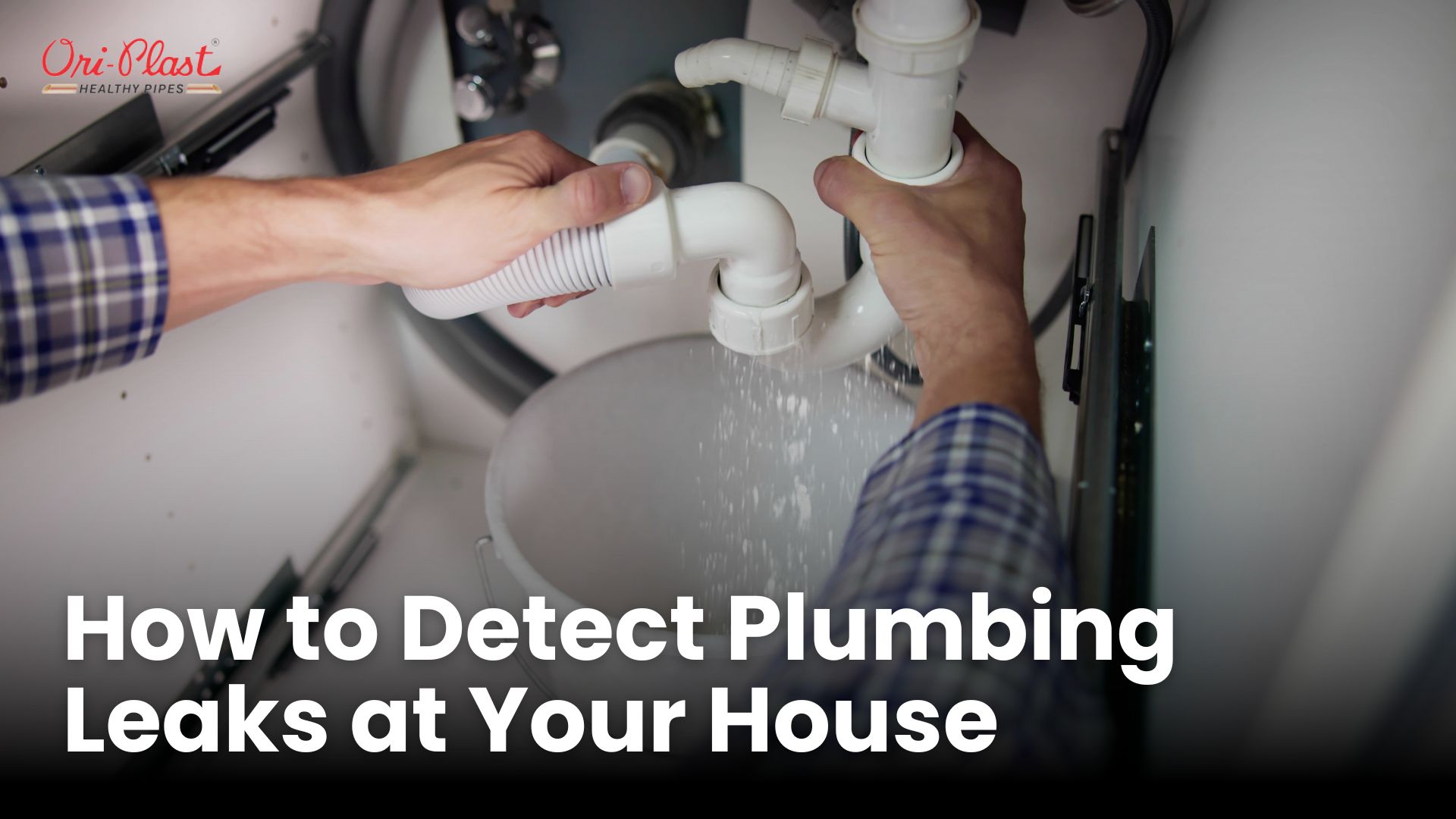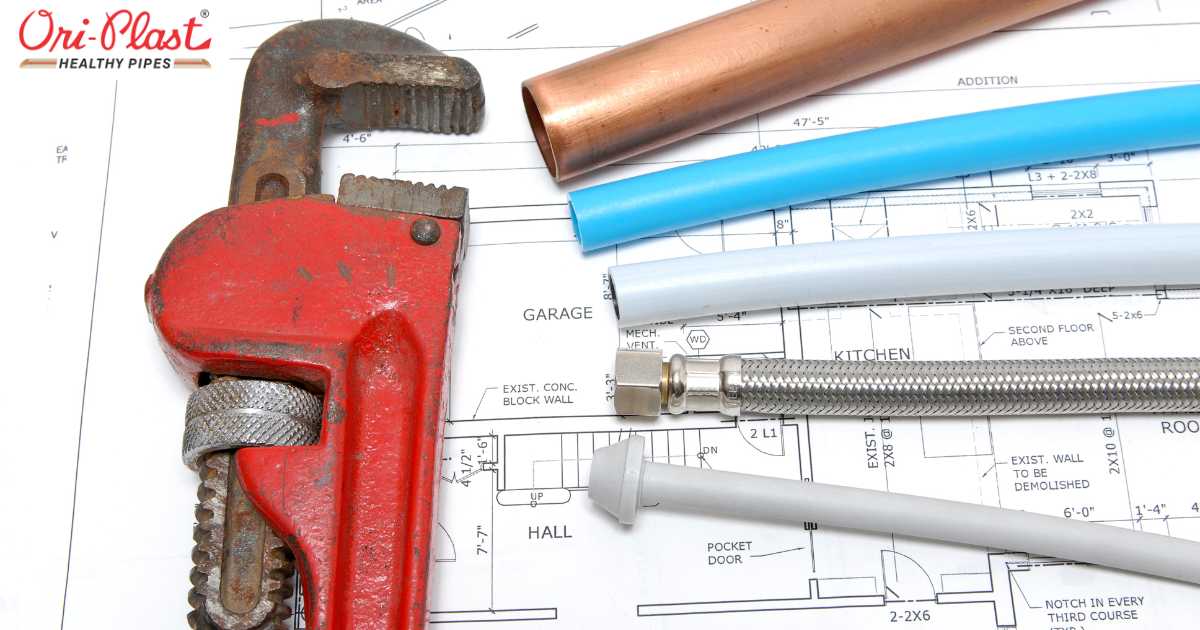Plumbing has been a crucial part of civilization for centuries, shaping how we access clean water and manage waste. From the earliest innovations to today's high-tech solutions, plumbing has undergone dramatic changes. Let’s dive into how plumbing has transformed over time, understanding the milestones, challenges, and advancements that have led to modern plumbing systems.
What Were the Earliest Plumbing Systems?
The earliest plumbing systems date back to ancient civilizations, where basic methods were developed to transport water from one place to another. In ancient Mesopotamia, around 4000-3000 BC, clay pipes were used to supply water to temples. Similarly, in ancient Egypt, copper pipes were employed to build bathrooms within the pyramids, which included drainage systems for waste removal.
The Indus Valley Civilization (circa 2500 BC) also had an impressive plumbing system. Here, people constructed private baths, wells, and sophisticated drainage systems. These early systems were rudimentary by today’s standards, but they showcased the importance of water management and hygiene in urban settings.
How Did the Ancient Greeks and Romans Innovate Plumbing?
Ancient Greece and Rome took plumbing to the next level, creating aqueducts and sewer systems that laid the foundation for modern plumbing. The Greeks initially developed aqueducts to carry water over long distances, making water available to large city centers.
The Romans perfected the art of plumbing by constructing elaborate aqueducts, some of which spanned up to 60 miles. They also invented lead pipes (though this eventually caused health issues), which enabled them to distribute water more efficiently. The Roman bathhouses and public fountains were marvels of the ancient world, showcasing both advanced plumbing techniques and the cultural value placed on cleanliness and public health.
When Did Plumbing Begin to Influence Public Health?
The concept of plumbing as a public health measure became prominent during the 19th century. As cities grew, so did the need for a sanitary water supply and waste disposal system to prevent diseases. Industrialization brought with it urban crowding, leading to a rise in waterborne illnesses like cholera and typhoid. This highlighted the importance of an organized plumbing system that could handle the demands of a growing population.
Around the 1850s, London’s "Great Stink" brought attention to the need for a proper sewer system. Engineer Joseph Bazalgette was tasked with designing a modern sewer system, which laid the groundwork for urban sanitation. His innovative design separated waste and drinking water supplies, a principle that remains fundamental in modern plumbing.
Why Did Indoor Plumbing Become Popular in the 20th Century?
The 20th century marked the shift from basic sanitation needs to a more comfortable and accessible indoor plumbing experience. During this time, technology and economic growth made indoor plumbing a reality for most households in developed nations. Innovations such as flushing toilets, hot water systems, and efficient sinks and showers became commonplace.
By the mid-1900s, advancements in materials like copper and plastic made plumbing installations easier, more durable, and less expensive. Indoor plumbing became a staple of modern homes, symbolizing not only convenience but also health and safety. The development of water heaters during this era also revolutionized the comfort of indoor plumbing by making hot water available on demand.
What Role Do Modern Materials Play in Today’s Plumbing?
Today, plumbing materials have evolved significantly from ancient clay and lead to durable and safe options like PVC (polyvinyl chloride), PEX (cross-linked polyethylene), and copper. Each material offers unique advantages:
- PVC and PEX: These materials are affordable, resistant to corrosion, and easy to install, making them ideal for both residential and commercial plumbing.
- Copper: Though more expensive, copper remains a popular choice for plumbing due to its durability, resistance to bacteria, and ability to withstand high temperatures.
These materials have improved plumbing systems’ safety, lifespan, and efficiency, allowing for more complex and reliable water distribution and waste management systems.
How Has Plumbing Technology Evolved?
The last few decades have seen rapid advancements in plumbing technology. Modern plumbing systems now integrate smart technologies that offer improved water conservation, leak detection, and energy efficiency. For instance:
- Smart Faucets and Showers: Devices that can control water temperature and flow, reducing waste.
- Leak Detection Systems: These systems can alert homeowners to leaks, preventing costly water damage and saving water.
- Water Filtration Systems: More sophisticated filtration systems are now built into home plumbing to ensure cleaner drinking water.
Modern technology has enabled homeowners to reduce water waste, save on utility bills, and detect potential issues before they become major problems.
What Environmental Challenges Are Addressed by Modern Plumbing?
As awareness of environmental issues grows, plumbing systems have been adapted to address water conservation and sustainability concerns. Low-flow toilets and faucets, as well as efficient showerheads, help reduce water usage without sacrificing functionality. Some homes are even equipped with greywater recycling systems, which reuse wastewater from sinks and showers for irrigation.
Additionally, plumbing systems are designed to reduce energy consumption. For example, tankless water heaters only heat water as needed, lowering energy costs and carbon footprints. Modern plumbing has embraced eco-friendly technologies to help reduce water and energy usage on a larger scale, making it more sustainable.
Why Is Plumbing Maintenance Easier Today?
Maintenance has become much simpler thanks to modern plumbing materials and tools. Non-invasive inspection tools, like cameras, allow plumbers to inspect pipes without damaging walls or floors. Additionally, the modular design of modern plumbing systems means parts can be replaced or repaired with minimal disruption.
Furthermore, digital apps help homeowners stay on top of plumbing maintenance. Many smart plumbing devices can send notifications for regular maintenance or alert users when an issue arises. This not only simplifies repairs but also extends the life of plumbing systems and minimizes unexpected costs.
What Does the Future Hold for Plumbing?
As technology continues to advance, the future of plumbing looks promising, with even more efficiency, convenience, and sustainability. Emerging trends include:
- IoT Integration: Internet of Things (IoT) devices that monitor water usage and quality.
- Renewable Water Heating: Solar-powered water heaters are gaining traction as an eco-friendly solution.
- Recycled Water Systems: Systems that treat and reuse wastewater, making plumbing systems more sustainable.
The plumbing industry is constantly adapting to new environmental challenges, population growth, and evolving technology, ensuring it continues to play a vital role in modern living.
Conclusion
From the clay pipes of ancient Mesopotamia to today’s smart plumbing systems, plumbing has come a long way. The innovations of ancient civilizations laid the groundwork, but modern technology has transformed plumbing into an essential, efficient, and eco-friendly system. As we move forward, advancements in plumbing technology and materials will only continue to improve our quality of life, ensuring safe, clean, and reliable access to water for generations to come.




